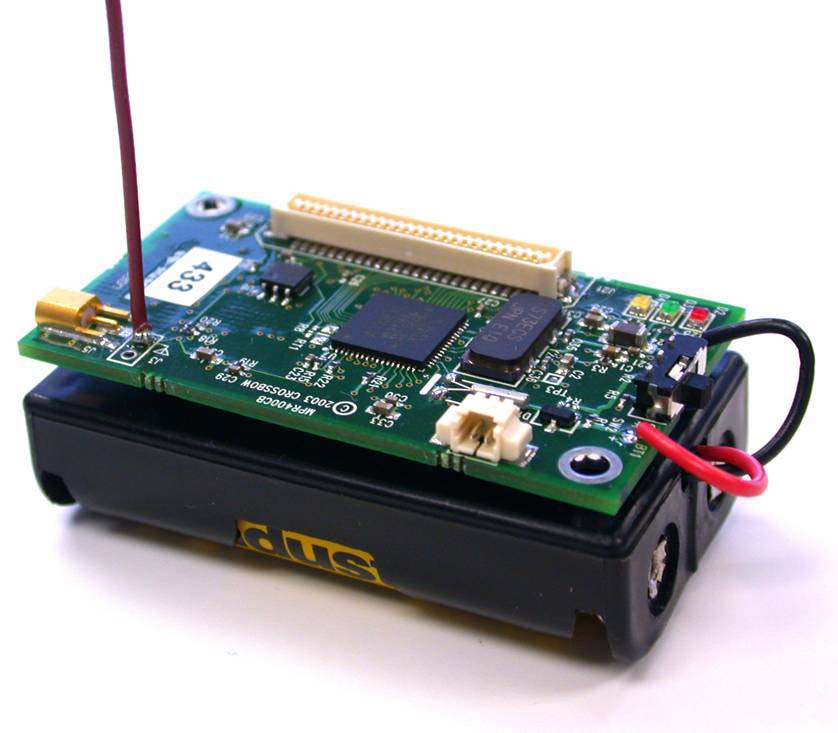Overview
 Wireless sensor networks (WSNs) often feature a (single)
base station in charge of coordinating the application functionality.
Although this assumption simplified the path to adoption of WSN
technology, researchers are now exploring more decentralized
architectures with multiple sinks and heterogeneous nodes. These
scenarios are brought to an extreme in Wireless Sensor and Actor
Networks (WSANs), where sensing and acting nodes collaborate in a
decentralized fashion to implement complex control loops. In these
settings, new programming abstractions are required to manage
complexity and heterogeneity without sacrificing efficiency.
Wireless sensor networks (WSNs) often feature a (single)
base station in charge of coordinating the application functionality.
Although this assumption simplified the path to adoption of WSN
technology, researchers are now exploring more decentralized
architectures with multiple sinks and heterogeneous nodes. These
scenarios are brought to an extreme in Wireless Sensor and Actor
Networks (WSANs), where sensing and acting nodes collaborate in a
decentralized fashion to implement complex control loops. In these
settings, new programming abstractions are required to manage
complexity and heterogeneity without sacrificing efficiency.
To address this issue, we have proposed Logical Neighborhoods: a novel programming abstraction for WSNs. A logical neighborhood includes nearby nodes that satisfy predicates over their static (e.g., type) or dynamic (e.g., sensed values) characteristics. The span of the neighborhood and the definition of its predicates are specified declaratively, along with requirements about the cost of the communication involved. Logical neighborhoods enable the programmer to slice the network according to the application needs, effectively replacing the physical neighborhood provided by wireless broadcast with a higher-level, application-defined notion of proximity.
In November 2007, Logical Neighborhoods won the Best Demo Award at the prestigious ACM SenSys, the flasghip conference in the WSN field. Read more here.